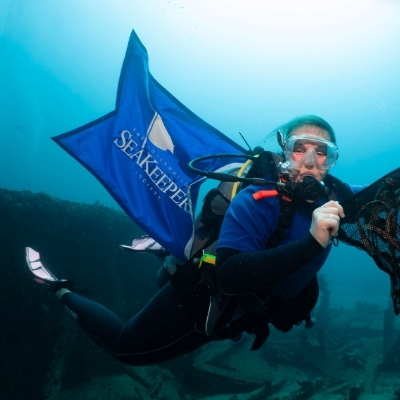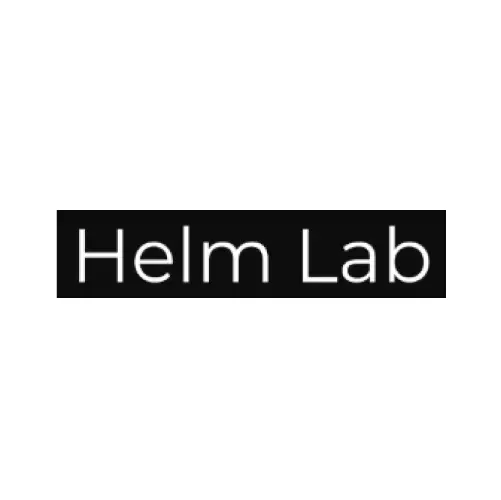Neuston in the North Pacific
Project Overview:
This project, led by Dr. Rebecca Helm of Georgetown University, aims to look at the distribution and abundance of floating life in the north pacific between California and Hawaii. This region is known as a ‘garbage patch’ but it is also thriving ecosystem. However, we know very little about the ecosystem of this area. This project aims to change that by collecting preliminary data on life associated with plastic and life free-floating at the surface using neuston net tows.
Program Partners
- Georgetown Univeristy
- The Helm Lab
Location
- North Pacific between California & Hawaii
Expected Time Frame
- 2026
Duration of Expedition
- 7-24 Days
Accommodation Needed
- 1 Researcher
Special Equipment Needed
- Swim platform (hydraulic or stationary) or easy access to water, crane to lower heavy equipment into water
Expedition parameters listed above are flexible and negotiable.
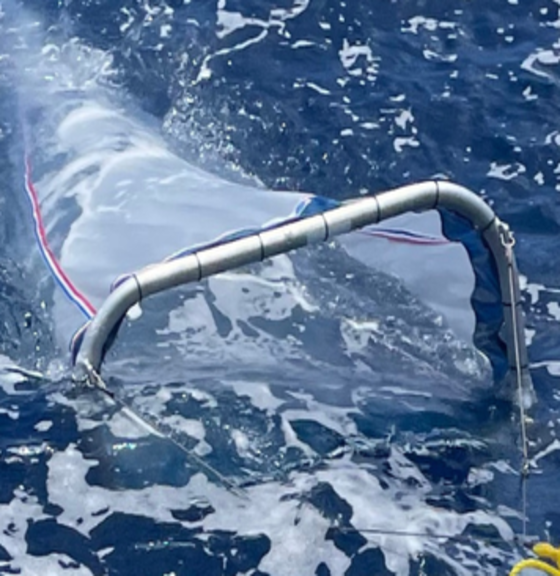
Background:
Marine neuston, or organisms living in the vicinity of the ocean surface, is one of the least studied zooplankton groups. This ecosystem, as Dr. Helm states in a 2021 paper published in PLOS Biology, “include keystone organisms like the golden seaweed Sargassum that makes up the Sargasso Sea, floating barnacles, snails, nudibranchs, and cnidarians. Many ecologically and economically important fish species live as or rely upon neuston… But the surface is also on the front line of climate change and pollution. Despite the diversity and importance of the ocean’s surface in connecting disparate habitats, and the risks it faces, we know very little about neustonic life” (Helm, 2021).
Mission:
The objective of this expedition is to collect baseline behavioral and distribution data on species at the ocean surface. These include neuston and rafting species. Dr. Helm would like to join a vessel traveling from California to Hawaii or vice versa to sample this surface ecosystem with methods including neuston net tows. For the duration of transit, the vessel will assist in collecting samples for several hours per day.
Applications:
Once thriving in the open ocean or on driftwood, many of these neustonic organisms now live amongst the floating plastic of garbage patches. By studying the distribution and composition of neuston between California and Hawaii, scientists will understand more about how these communities are being impacted by surface waste and ultimately how neuston affect the ocean ecosystem as a whole.
Program Partners:
Get Involved
If you’re interested in learning more about this specific program opportunity, please reach out to our team below to find out more about this program or get involved in other opportunities with SeaKeepers.
Explore More Opportunities
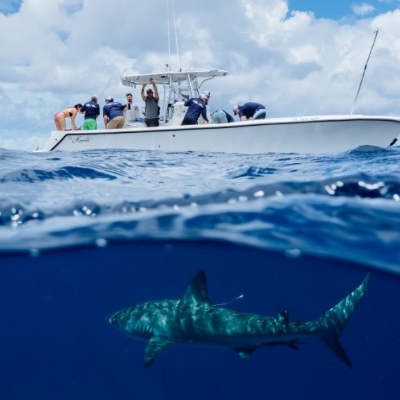
At-Sea Opportunities
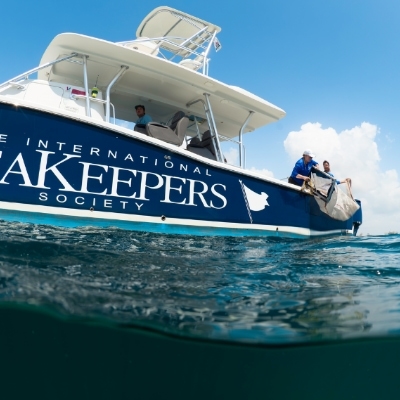
Citizen Science Opportunities
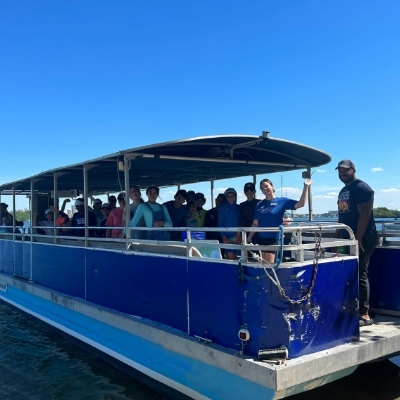
Education Opportunities
